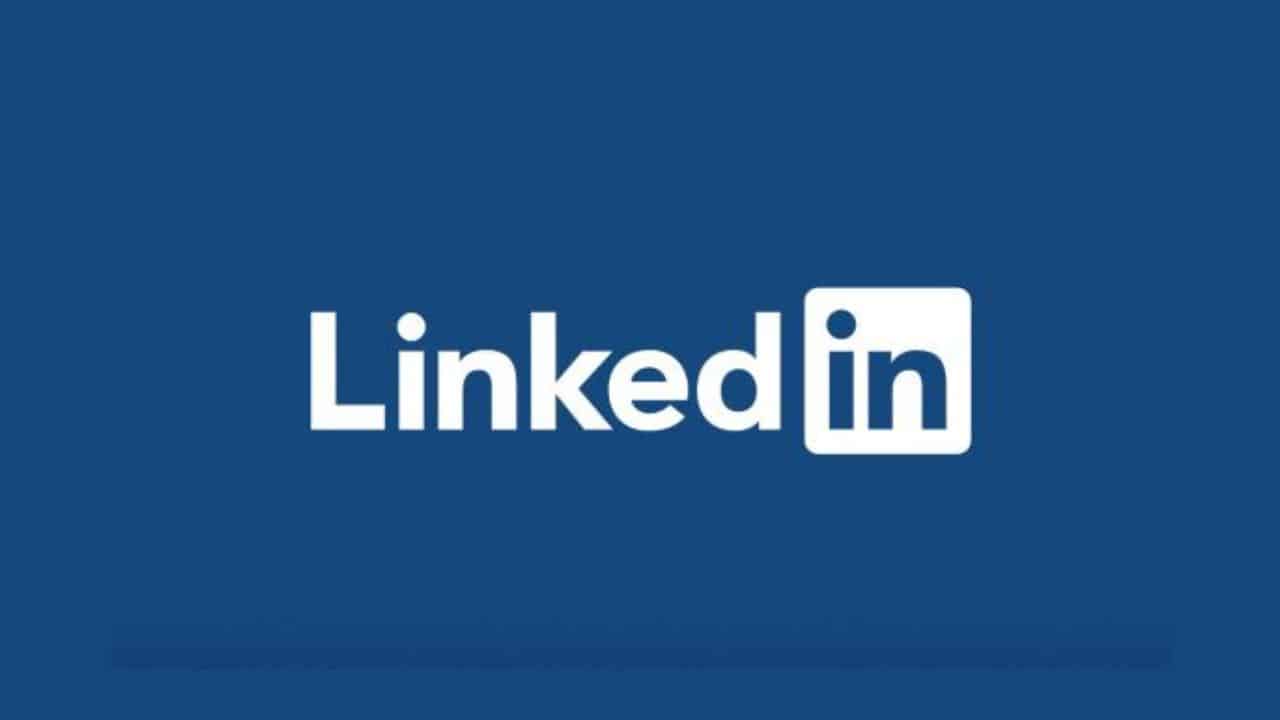Securing your LinkedIn account is more critical than ever in today’s digital age. With the increasing threat of cyber-attacks, data leaks, phishing, and ransomware, protecting your professional presence online is crucial.
Losing control of your LinkedIn account to a malicious actor can have severe consequences. Hackers can use your account to spread phishing links, steal sensitive information, or even demand a ransom for its return.
This affects your professional reputation and puts your network at risk. Here’s how you can protect your LinkedIn account effectively.
Enable Two-Factor Authentication (2FA)
Two-factor authentication adds an extra layer of security to your LinkedIn account. Requiring a second form of verification, usually a code sent to your mobile phone, makes it significantly harder for hackers to gain access.
Start by registering your phone number with LinkedIn to receive confirmation codes that verify your identity. Once registered, activate two-factor authentication through LinkedIn’s security settings or use authentication apps like Google Authenticator for added security.
This means that even if a hacker has your password, they won’t be able to access your account without your phone, providing an additional safeguard against unauthorized access.
Use Strong and Unique Passwords
Regularly changing your password is a fundamental security practice. Use passwords that are difficult to crack but easy for you to remember.
Combine unrelated words, characters, and numbers to create a strong password. For instance, using a mix of uppercase and lowercase letters, numbers, and symbols, aiming for at least 12-16 characters can significantly enhance your account’s security.
Examples like `boing+BOOKcredit=897` or `Jump/$tupid-56K.giraffe` illustrate how combining different elements can create robust passwords.
Regularly updating your password and avoiding common, easily guessed combinations can thwart hackers’ attempts to gain unauthorized access to your account.
Avoid Common Password Pitfalls
Weak passwords are an open invitation for hackers. Avoid using predictable passwords like `123456` or `password.` A robust and unique password is your first line of defense against cyber attacks.
Ensure that your password is complex and unique to your LinkedIn account. Avoid reusing passwords across multiple platforms, as this practice can increase vulnerability if one account is compromised.
Additionally, consider using passphrases—combinations of random words that are easy for you to remember but hard for others to guess. By prioritizing password strength and uniqueness, you create a more secure barrier against potential intrusions.
Monitor for Unusual Activity
Regularly check your LinkedIn account for any unusual activity. LinkedIn will notify you of any unusual login attempts or changes to your account settings.
This proactive monitoring can help you catch and address potential security breaches early. Ensure your contact email is up-to-date and that you regularly check it.
LinkedIn will alert you via email if there is any unusual activity, such as login attempts from unfamiliar locations or devices. By staying vigilant and promptly responding to these alerts, you can prevent unauthorized access and secure your account from potential threats.
Stay Informed About Current Threats
Cyber threats are constantly evolving. Stay informed about the latest security trends and threats to protect your account better. LinkedIn often provides security updates and advice on its blog and help pages.
Additionally, subscribing to cybersecurity news sources can inform you of new vulnerabilities and attack methods. Understanding the tactics used by hackers can help you implement better defenses and avoid common pitfalls.
By staying informed, you can adapt your security practices to counter emerging threats and ensure your LinkedIn account remains secure in an ever-changing digital landscape.
Protect Against Phishing Attacks
Phishing attacks are common and can be very deceptive. Be cautious of unexpected messages asking you to click links or download files. Verify the source of any suspicious messages before clicking on any links.
If you receive an unusual message, take a moment to verify the sender’s identity. Be wary of messages that seem out of character for your connections, especially if they contain links or attachments.
Phishing attacks often use social engineering tactics to trick you into revealing sensitive information. By staying vigilant and verifying the authenticity of messages, you can protect yourself from these common cyber threats.
Use a Password Manager
Managing multiple strong passwords can be challenging. A password manager can help by generating and storing secure passwords for all your accounts.
Password managers create strong, unique passwords for each of your accounts and store them securely. This simplifies the process of managing multiple passwords and enhances your overall security.
Using a password manager, you can ensure that each of your accounts has a robust and unique password without needing to remember them all. This added layer of security makes it much harder for hackers to access your accounts.
Regularly Backup Your Data
Periodically download your LinkedIn data to ensure a backup in case of an account breach. This includes your connections, messages, and other important information.
Regular backups can help you recover your information if your account is compromised. LinkedIn provides options to download your data, which can be stored securely offline.
By maintaining regular backups, you can mitigate the impact of a potential security breach and ensure that your valuable professional information is not lost. This proactive data management approach adds arity to your LinkedIn account.
Stay Vigilant with Account Settings
Regularly review your LinkedIn account settings to ensure everything is up-to-date and secure. Check your active sessions and sign out of any sessions you don’t recognize or use.
This helps to prevent unauthorized access from devices you may have forgotten about. Review the third-party apps that have access to your LinkedIn account and remove any that you no longer use or trust.
Regularly reviewing and updating your account settings ensures that your LinkedIn account remains secure and that only authorized devices and apps have access.
Educate Yourself and Your Network
Understanding the risks and educating your network about online security can help prevent attacks. Share security tips with your connections and encourage them to secure their accounts.
By fostering a culture of security awareness, you can help protect your account and those of your colleagues and professional network. Consider conducting regular security reviews and sharing updates on the latest threats and best practices.
By working together and staying informed, you and your network can create a safer online environment and reduce the risk of cyber-attacks.
Wrap up
Protecting your LinkedIn account from hackers requires vigilance and proactive measures. You can significantly reduce the risk of a security breach by enabling two-factor authentication, using strong and unique passwords, staying informed about threats, and regularly monitoring your account.
Take these steps today to secure your LinkedIn account and protect your professional identity. Remember, in the digital age, your best defense is a solid and proactive approach to online security.
Strengthening your LinkedIn security protects your professional presence and safeguards your connections and valuable data from potential cyber threats.












































